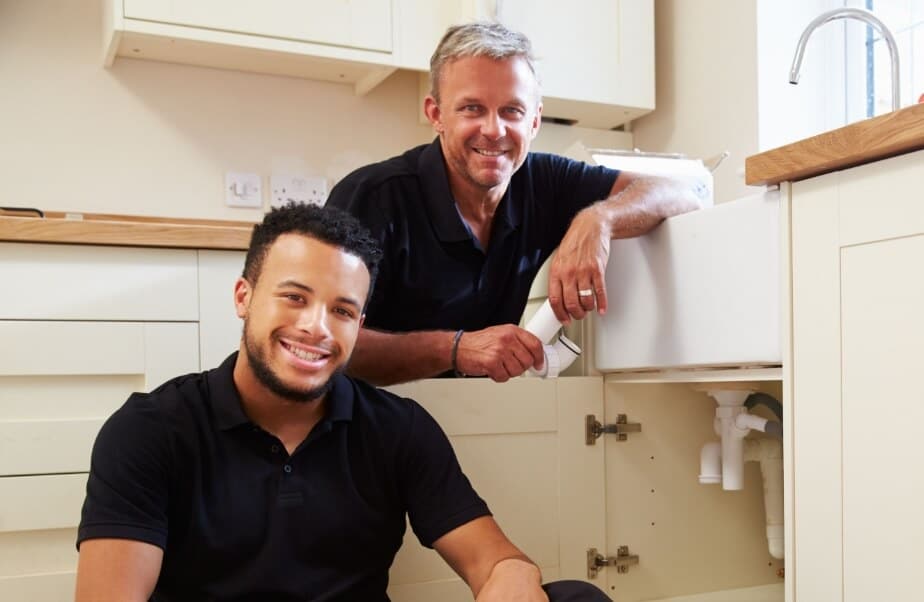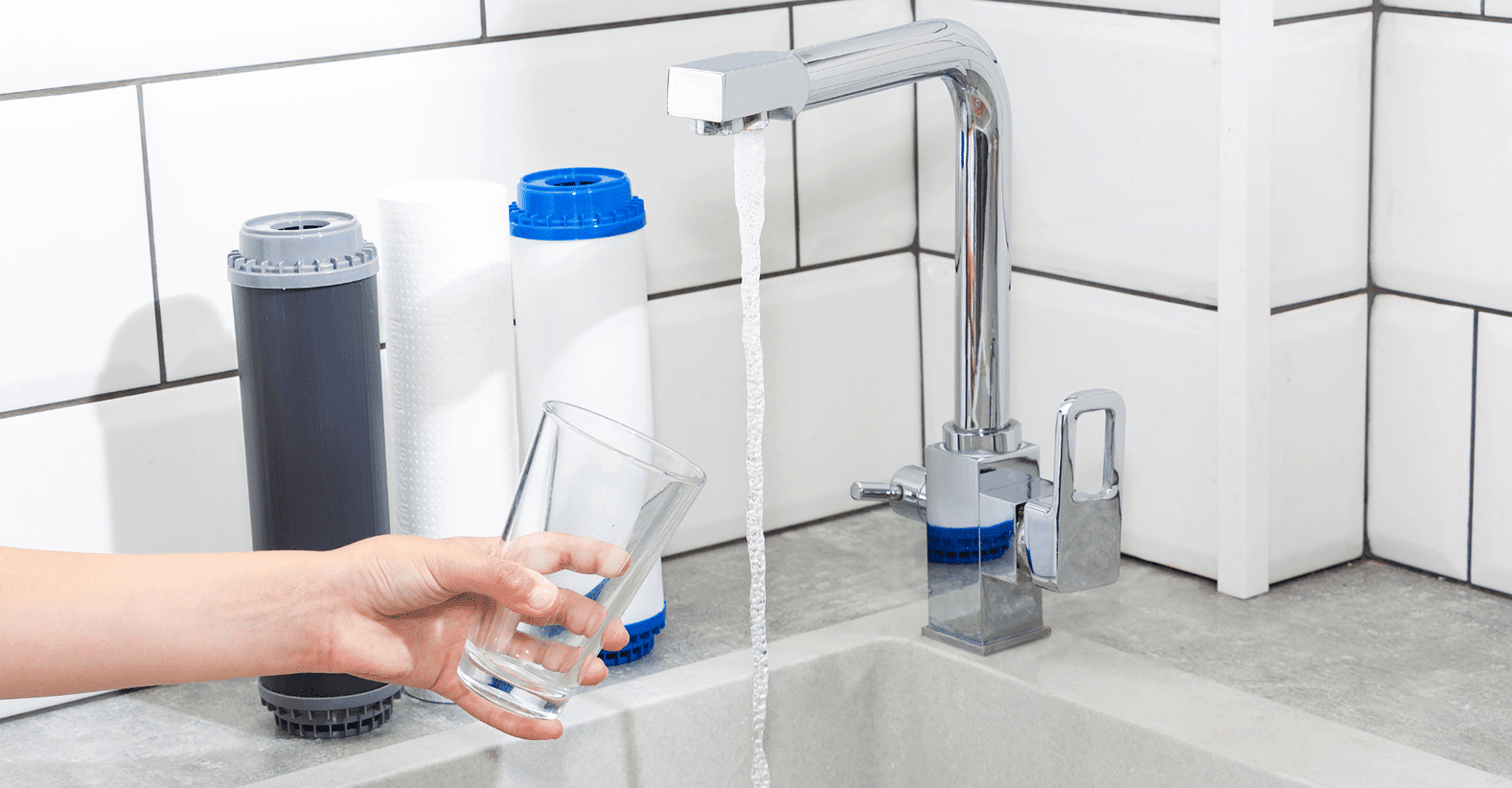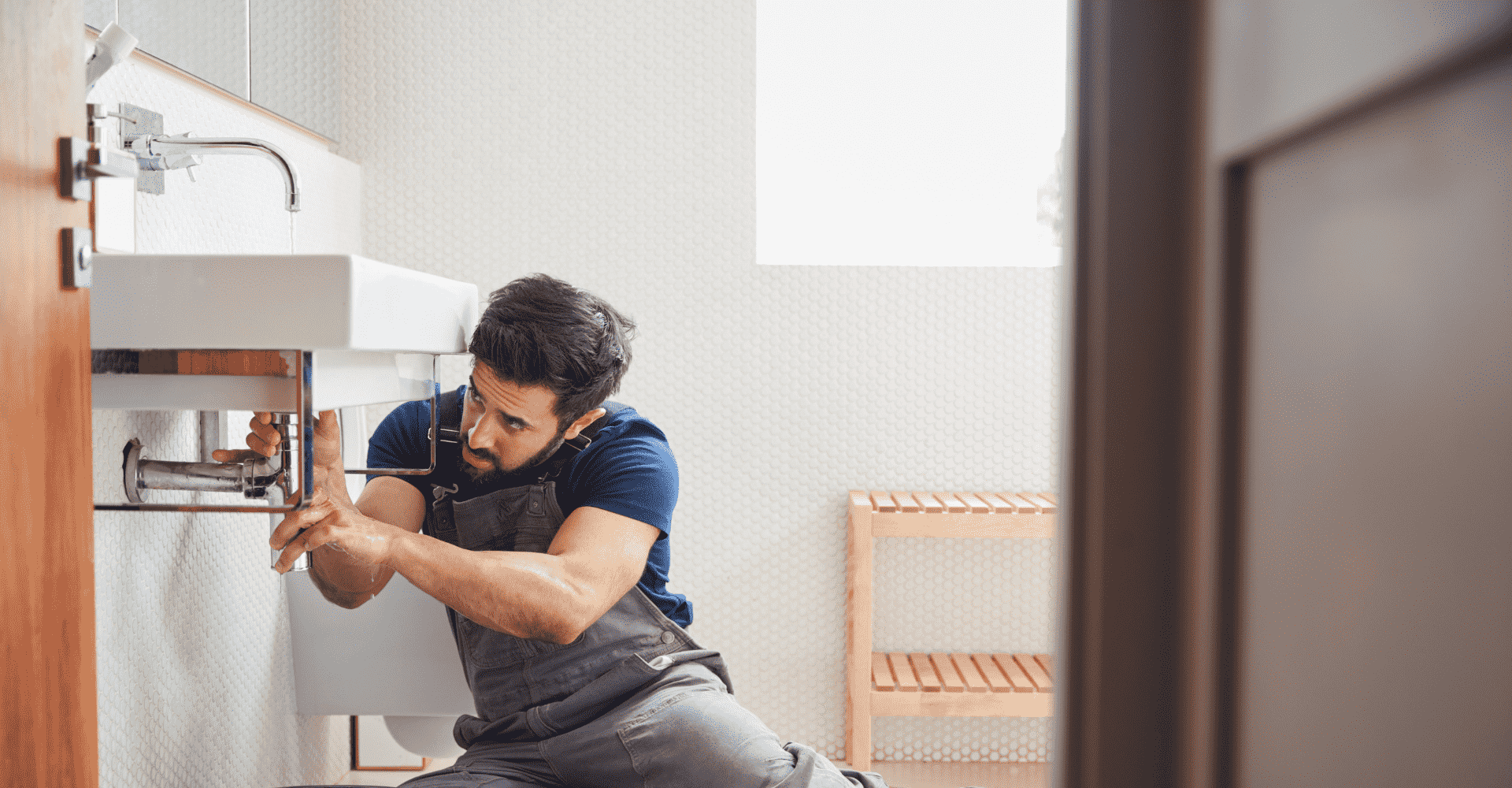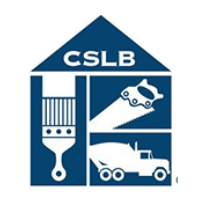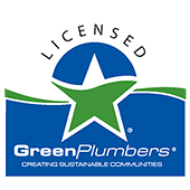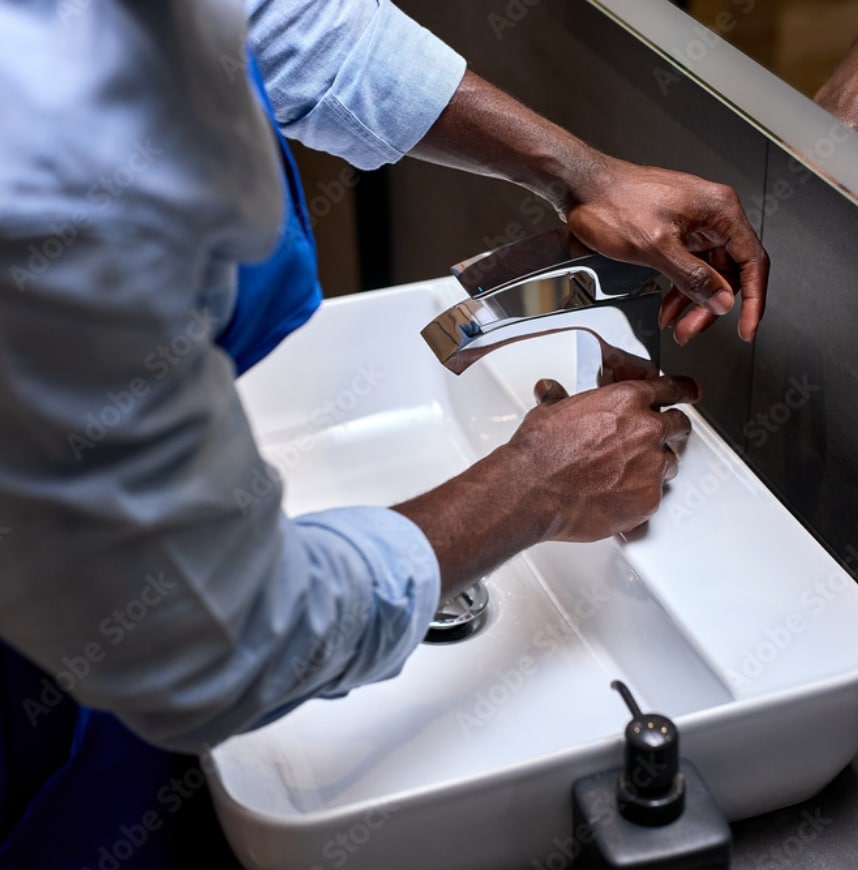So, your toilet is clogged. Not the most ideal situation, we know. But, the good news is that this common plumbing issue can be easily solved in a number of ways (even without a plunger!). Let’s dive into why your toilet is clogged, and how you can fix it with common household items if you don’t have access to a plunger.
Reasons For a Clogged Toilet
A clogged toilet is a very common plumbing problem. Here are a few possible causes for your toilet clogging.
1. Your toilet is too low-flow.
Low-flow toilets can save you a lot of money by using less water than a normal toilet. However, there are some negative side effects that come along with a low-flow toilet, like the fact that sometimes, not enough water will be pushed through the pipes. This can cause some of the waste to clog, as the flush doesn’t have enough power to completely get rid of the waste. This is particularly common in low-flow toilets from 1994-1997, as this was the first generation of low-flow toilets, and they have especially low power. So how do you unclog a low-flow toilet? Read on for some tips on how to unclog your low-flow toilet.
2. Your drain line is clogged.
Sometimes, the entire drain line is clogged and backs all the way up to your toilet. This can be caused by flushing anything besides toilet paper and waste down the toilet, including feminine hygiene products, hair, paper towels, or other foreign objects. The toilet system is not equipped to handle these other objects, so they can become lodged in the piping and cause a backup.
3. Your tank doesn’t have enough water.
If the toilet’s tank doesn’t have enough water, then there won’t be enough water pressure to entirely clear the toilet bowl. This can result in a clogged toilet. Oftentimes, the supply valve is propped open so the tank isn’t filling up properly.
4. Your pipes have hard water build-up.
In Southern California, hard water is a common problem. Hard water can calcify and form a white substance around the inner edges of your pipes, narrowing the space that water and waste has to flow through your pipes. The harder your water, the more minerals will gather through your plumbing system and the more likely it is that your toilet clogs.
5. You’re flushing “flushable” wipes.
Unlike they are advertised, wipes are never flushable. It may seem like it is okay to flush wipes down the toilet, but this is never recommended. Throw these wipes in the trash to avoid them clogging your toilet regularly. These “flushable” wipes can easily cause a major backup and ruin your pipes.
6. Your s-trap is clogged.
The s-shaped pipe behind your toilet leading into the wall is there to prevent rancid sewer smells from entering your home. This is extremely useful to prevent sewer gasses in your household, but its unique shape can cause clogs easily.
7. Your plumbing system has a blockage.
Sometimes, your toilet may become clogged due to a blockage somewhere else in your home’s plumbing system. Because all your water-carrying pipes are connected, a blockage from your washing machine can cause issues in your bathroom. The pipes that lie outside of your home can also have clogs or blockage that result in a clogged toilet.
8. Your septic system is slow.
If you have a slow-moving septic system, or a system that is stalling and not turning over quickly enough, this can cause a toilet to clog. It’s essential to the health of your plumbing system that you maintain a healthy septic system, with a proper balance to get your drains flowing.
9. Your pipes are old.
One of the most common reasons that people have plumbing problems is that they have old pipes in place. If a pipe collapses or corrodes, this can create problems throughout your entire house, including your toilet. Sometimes, a recurring clogged toilet is a sign of a much bigger problem.
How to Unclog a Toilet
Now that we’ve reviewed most of the possible reasons why your toilet could be clogged, let’s dive into how you can unclog your toilet.
1. Plunger
Perhaps the most obvious solution is to use a plunger. To use a plunger, simply create a seal in your toilet bowl with the edge of the rubber plunger, and push down. Repeat this process until the water flows freely down the drain.
Now, if you don’t have a plunger, there are a few other ways you can unclog your toilet with common household items. Let’s dive into them.
2. Dish Soap
The first solution to help unclog the toilet is to pour about a half-cup of dish soap into the toilet. This will help lubricate the clogged pipe and allow whatever is lodged in the pipe to smoothly slide down the pipe.
3. Hot Water
After trying dish soap, you can try to add a bucket of hot bath water to the toilet bowl. Note that adding boiling water might crack the toilet bowl, so it’s best to run the bath until it is hot and use that water. Pour the bucket from waist level so that the force of water can dislodge the clog.
4. Wire Hanger
Sometimes, a more intense backup could require you to manually push the item. If you don’t have a drain snake, you can make a DIY one by unraveling a wire hanger and pushing it into the pipe.
5. Baking Soda
Instead of using dish soap, you can also use baking soda and vinegar. Pour one cup of baking soda with two cups of vinegar into the toilet. Let the mixture fizz for half an hour, then pour hot (not boiling) into the toilet bowl.
6. Plastic Bottle
Start this one by removing as much water from the toilet bowl as possible. Next, fill the biggest plastic water bottle that you have access to with warm water. Then, put on some rubber gloves and place your thumb over the top of the bottle and fit the tip into the outlet at the bottom of the toilet bowl. Remove your thumb and squeeze the bottle so the water inside shoots down the pipe.
Unclogging a Toilet: Tips
1. Don’t use chemicals
There are a lot of products on the market that claim they can provide a quick-fix to your plumbing problems. However, we advise you to stay away from any chemical-based quick-fixes. These often will make the problem worse, or cause issues by a lingering chemical reaction in your pipes. If you already used chemicals and it didn’t work, put as much water into the toilet as you can and let it sit overnight to drain. In the morning, plunge using goggles and gloves to avoid any chemicals from touching your skin.
2. Don’t pour any hardening liquids in the toilet
Only pour liquids that are going to remain in liquid form into the toilet. Do not pour any hardening materials, like grease, caulk, wax, or any other materials down the toilet drain. This will cause huge problems and is a surefire way to cause a clogged toilet.
3. Do try to keep the toilet cover down
Keeping the toilet cover down can prevent clogs because it can prevent unwanted substances from entering the toilet in the first place. Especially if you have little kids or animals, try your hardest to keep the toilet cover closed. This can prevent dog toys, crayons, hairbrushes, and anything else from clogging your pipes.
Services at Pristine Plumbing
If these solutions are not helping your clogged toilet, or you suspect that there is a larger issue at hand, call in the professionals to check everything out for you. Pristine Plumbing is available to help you 24/7, so call today!

